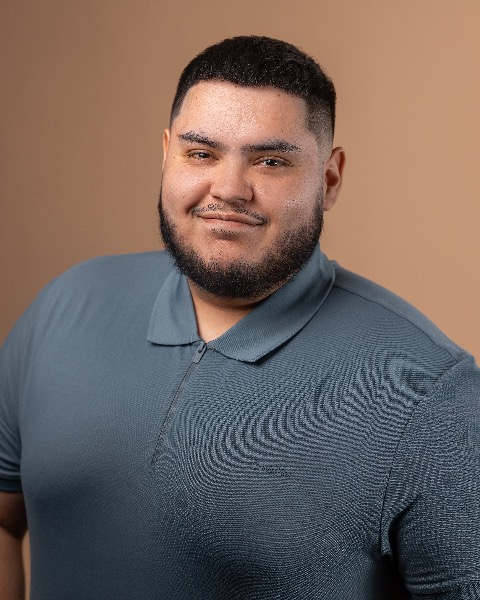Poster Presentation
Social Justice and Health Equity
Wednesday Evening Poster Reception
WED-109 - Community Mobilization in FQHC to Build Youth Infrastructure
Wednesday, April 16, 2025
6:00 PM - 7:00 PM PST
Location: Pacific I/II, 2nd Floor
Area of Responsibility: Area V: Advocacy
Subcompetencies: 2.1.2 Facilitate collaborative efforts among priority populations, partners, and stakeholders., 3.3.3 Modify interventions as needed to meet individual needs. Modify interventions as needed to meet individual needs.
Research or Practice: Practice
Subcompetencies: 2.1.2 Facilitate collaborative efforts among priority populations, partners, and stakeholders., 3.3.3 Modify interventions as needed to meet individual needs. Modify interventions as needed to meet individual needs.
Research or Practice: Practice

Eulises Cibrian (he/him/his)
Community Health Organizer
AltaMed Health Services
Los Angeles, California, United States
Poster Presenter(s)
Learning Objectives:
At the end of this session, participants will be able to:
- Best practices that can support going beyond youth engagement and moving towards youth decision-making through participatory approaches
- Multi-generational, art-based, approaches that can facilitate full family and community-wide conversations on issues that impact youth health and wellbeing (case study: mental health stigmatization)
- Infrastructure and processes necessary to support youth mobilization and community awareness campaigns within an FQHC
Detailed abstract description:
Description: From 2021-2022, the Community Organizing and Research Engagement (CORE) team implemented and tested a case study, Community Voices for Wellness (CVW), which aims to engage youth as co-leaders in the development of a multi-generational community mental health initiative that aimed to destigmatize mental health.
Youth engagement and power-building:
Paid youth fellowship program to engage youth leaders (ages 12-20) to (1) inform a community landscape, (2) inform a needs and asset analysis, (3) co-develop project goals and priorities, (4) co-plan community events, and (4) self-mobilize to implement action plans.
Lessons Learned: As a result of their engagement and collaboration, community members in Central Orange County had access to various mental health resources and activities.
Youth-led community awareness campaign & community health initiative
Fellows co-developed a two week community awareness campaign in collaboration with one AltaMed clinic. In addition, fellows co-developed and organized the 2024 CVW Art Summit, which engaged families in destigmatizing mental health through artistic avenues.
Lessons Learned: Fellows reached over 50 people at the clinic and engaged 1:1 with 16 patients on mental health conversations. On a scale of 1-10, 10 being the highest level of awareness, when asked “how aware are you of your mental health?” 9 of the patients responded 1. The CVW art summit created a community-accessible space to discuss mental health topics. 231 individuals attended the event and participated in mental health conversations and art-based activities.
Youth mobilizing infrastructure
The CORE team launched Community Voices for Wellness and Youth Fellowship within a health services setting, leveraging resources to facilitate mental health awareness conversations via a multi-generational approach, and established youth mobilization infrastructure.
Lessons Learned: CVW outcomes showcase the opportunity to establish and grow a youth mobilizing infrastructure in health and other institutions. There is a growing need to hold space for youth to organize and advocate around issues most urgent to them.
Implications/
Recommendations: CVW was effective in opening conversations around mental health, signaling the importance of engaging youth not only as participants but as co-leaders of public health interventions. CVW taught us how to 1.) build youth infrastructure, 2.) outreach with youth, 3.) youth capacity building to partner with institutions, 4.) Youth engagement Centering the leadership, capacity-building, and power of youth is essential for long-term engagement in mental health policy, systems, and narrative change.
